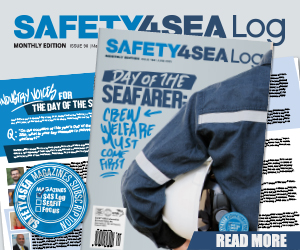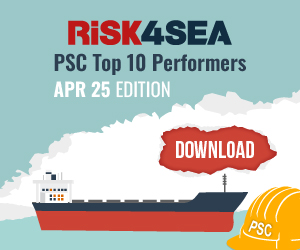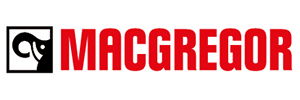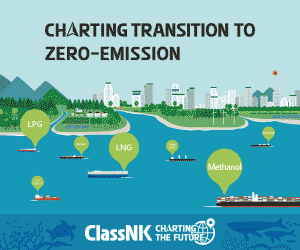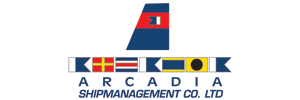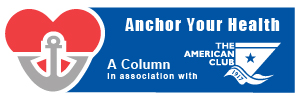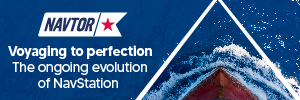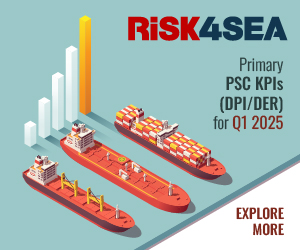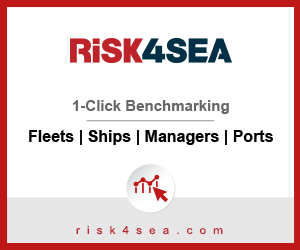New Zealand has updated its Craft Risk Management Standard (CRMS) for vessels to strengthen marine biosecurity controls and biofouling management.
According to Gard Club, the updated Craft Risk Management Standard (CRMS) for vessels, effective from October 13, 2023, now includes all biosecurity regulations for vessel topsides and biofouling, integrating the former Craft Risk Management Standard for Biofouling (2018) and the Craft Risk Management Standard for Vessels (2018).
Vessels may be required to undergo a biofouling assessment for reasons such as:
- vessel’s first arrival to New Zealand;
- time elapsed since last assessment;
- increase in risk level, e.g. long lay-ups since previous assessment;
- vessel’s intentions in New Zealand changing (“long stay” voyage);
- receipt of new documents;
- vessels returning with active Notice of Direction (NOD), or previous assessment failures, are reassessed on return.
Changes to biosecurity requirements
The Biosecurity Pre-Arrival Report (PAR) became mandatory on 1 May 2025, replacing the Master’s Declaration and the Biofouling and Ballast Water Declaration. PAR must be submitted to the Ministry of Primary Industries (MPI) at least 48 hours before entering New Zealand Territorial Waters.
The submission process is unchanged and the Advance Notice of Arrival (ANOA) is still required.
Furthermore, minimum evidence requirements for biofouling inspections took effect on 13 April 2025. Vessel operators must ensure dive providers supply compliant evidence under the revised CRMS.
- Images and videos must be correctly labelled and timestamped, or the image properties must contain this information,
- Images and video are to be of high quality (i.e. a level that allows the viewer to identify biofouling to a broad taxonomic group, e.g. barnacles, tubeworms),
- Three images and one video must be collected for each location listed in Schedule 3. Not all of these need to be incorporated into the PDF report, however, they must be available upon request,
- Areas unable to be accessed or surveyed must be specifically identified in writing on the PDF report along with the reasons.
Compliance actions
According to the MPI, a NOD is issued by Biosecurity NZ when a vessel fails to show compliance with the standard. NODs list the compliance actions a vessel must follow to manage the biofouling risk that they pose to New Zealand. These will always be in proportion to the risk the vessel poses. For instance:
- lower risk vessels may be allowed to complete their declared itinerary and required to manage their biofouling before their next voyage;
- high risk vessels may be directed to leave New Zealand within 24 hours;
- in circumstances where the risk is unclear, a vessel may be directed to undertake a hull inspection.
New Zealand’s Vessel Biosecurity Quarterly report highlighted that there has been a significant decrease in the number of NODs issued in 2024 compared to 2023 (86 vs. 119 respectively).
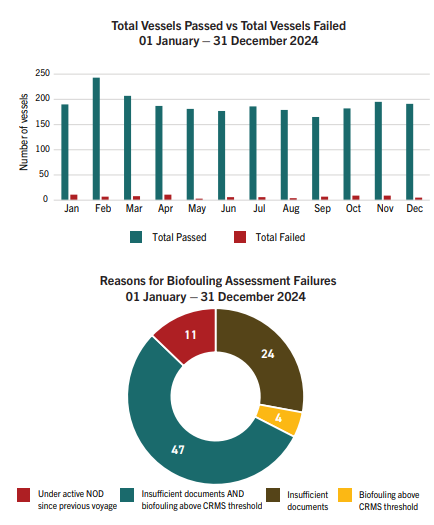
Recommendations
In order to avoid undue risk of delay and incurring additional costs of hull cleaning when calling at New Zealand ports, Gard Club has recommended the following:
- Familiarise with the revised Craft Risk Management Standard (CRMS) and the reporting requirements.
- Actively manage and minimise biofouling before arrival. Masters and operators must also ensure they have up-to-date vessel maintenance records or verifiable evidence that the hull has been cleaned. Owners and operators can contact MPI for guidance on acceptable hull preparation, cleaning, treatment, and inspection.
- Review charterparties to clearly establish which party assumes the risk for delays and losses arising from anti-bio fouling enforcement actions taken against the vessel.










































